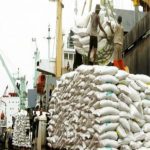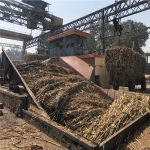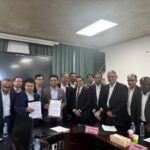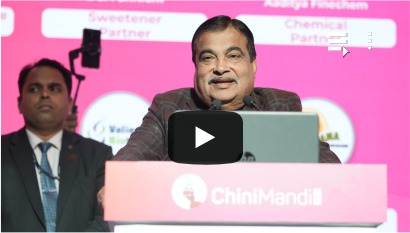On May 1, in exercise of the powers conferred by section 3 of the Essential Commodities Act, 1955 (10 of 1955) and in supersession of the Sugar (Control) Order, 1966 and the Sugar Price (Control) Order, 2018, expect as respects things done or omitted to be done before such supersession, the Central Government issued Sugar (Control) Order, 2025.
Tarun Sawhney, Vice Chairman & Managing Director of Triveni Engineering and Industries Ltd (TEIL) commends government for these progressive reforms, aimed at creating a more transparent, efficient, and accountable sugar ecosystem. He said, “At Triveni Engineering & Industries Ltd. (TEIL), we welcome the new Sugar (Control) Order, 2025 as a transformative step that brings the entire sugar ecosystem, including the previously unregulated khandsari(a traditional, unrefined form of sugar) units, under the ambit of Government oversight for the first time. By bringing khandsari units with a crushing capacity above 500 tonnes per day into the regulatory framework, the Government ensures that farmers, including those supplying to smaller mills, are guaranteed the Fair and Remunerative Price (FRP) for their cane. This reduces the risk of underpayment or delayed payments, ensuring financial security and price transparency for farmers.”
“Furthermore, the mandated digital reporting by mills will enhance transparency, reduce inefficiencies, and provide real-time data on production and sales, which will enable better monitoring and accountability across the sector. With over 450 mills already integrated into the Department of Food and Public Distribution portal, this digital shift is a major step toward a more equitable and efficient system. The Sugar (Control) Order, 2025 underscores the Government’s commitment to building a resilient, transparent industry where every stakeholder, from farmer to miller, benefits from a modern, accountable framework. Overall, this new policy not only safeguards farmers’ interests but also strengthens India’s position in the global sugar market,” he further added.
The Government of India has conducted an in-depth review of the Sugar (Control) Order, 1966, resulting in the creation of the new Sugar (Control) Order, 2025. This revised order seeks to simplify and modernize the regulatory framework for the sugar industry, aligning it with current industry trends and technological progress.
Key Highlights of the Sugar (Control) Order, 2025:
Digital Integration with Sugar Mills:
The new order mandates API-based integration between the DFPD portal and sugar mills’ ERP or SAP systems, enabling real-time data sharing. This minimizes redundancies and data leakages. Over 450 sugar mills are already integrated, and GSTN data on sugar sales is now linked for enhanced oversight and efficiency.
Unified Pricing Regulation:
Provisions from the earlier Sugar Price (Control) Order, 2018, have been consolidated into the new order, streamlining regulations and offering greater clarity to stakeholders.
Inclusion of Raw Sugar Under Regulation:
Raw sugar is now officially regulated and included in national sugar stock calculations. This move aligns with international standards and eliminates misleading labels like “khandsari” or “organic” for raw sugar.
Regulation of Khandsari Units:
For the first time, khandsari sugar factories with a crushing capacity over 500 tonnes per day (TCD) are brought under regulatory oversight. This ensures mandatory payment of the Fair and Remunerative Price (FRP) to farmers and enhances the accuracy of sugar production data. Of 373 khandsari units in India, 66 exceed the 500 TCD threshold.
Standardised Definitions:
Definitions for various sugar types—plantation white sugar, refined sugar, khandsari sugar, jaggery, bura, cube sugar, and icing sugar—are now aligned with those set by the Food Safety and Standards Authority of India (FSSAI), ensuring consistency across the sector.

















